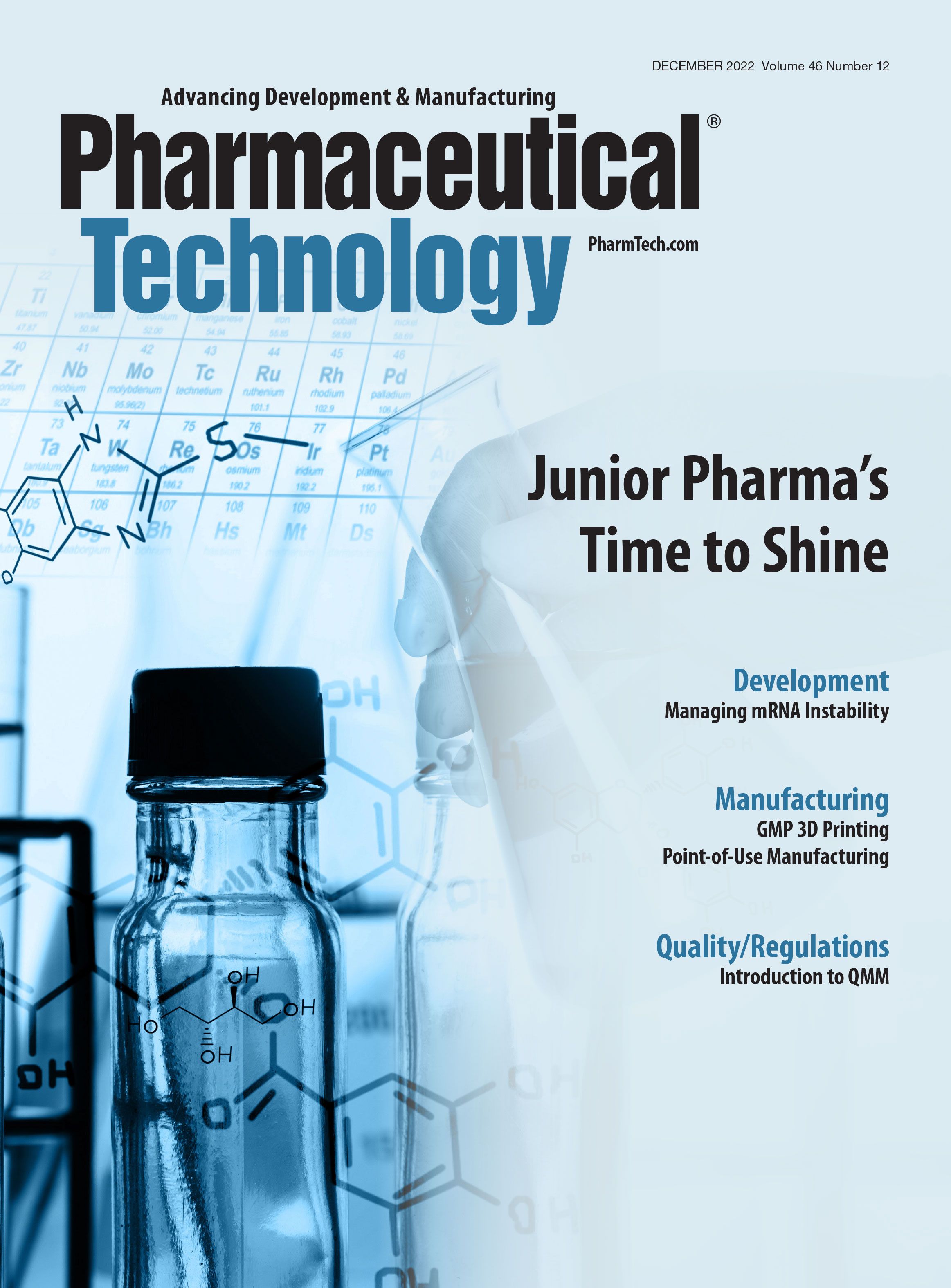Of Mice and Men and Armadillos
Science news can be just so weird, or weirdly useful, that everything else recedes as we ponder whether it is true and what consequences it might bring.
No matter how busy or complicated life becomes, science news can occasionally stop us in our tracks. Science news can be just so weird, or weirdly useful, that everything else recedes as we ponder whether it is true and what consequences it might bring.
For example, the armadillo is the only known host for the leprosy bacterium other than humans. Unimpressed? What if I told you this bacterium has the power to convert one type of bodily tissue into another? Results from a recent study show that the liver nearly doubles in size in armadillos infected with the leprosy bacterium (1). This kind of growth on the surface looks destined to be defective or even cancerous (inherent to some cell and gene therapy approaches) but the livers in the infected animals were found to be both healthy and functional, including the full complement of blood vessels, enzymes, and bile ducts that would be found in a normal liver. Professor Anura Rambukkana, who led the study, heads a group in regenerative medicine at the University of Edinburgh, that for the last decade has been pioneering an approach around cellular reprogramming. The leprosy causing bacterium hijacks the plasticity of adult tissue niche Schwann cells, reprograming them to modified stem cells, weirdly, to simply have more tissue to feed off.
There may be several practical outcomes from elucidating this mechanism. The leprosy bacterium practices this biomolecular “alchemy” at a relatively slow and natural pace, largely outflanking paths typically understood to also promote cancer growth. Because the bacterium is doing this for reasons of prosecuting its plans to “infect” its host, understanding details here may well lead to new avenues to treat or inhibit infectious disease and related pathologies such as inflammation. On his university webpage, Rambukkana states, “We are also studying how these reprogrammed progenitor/stem cells can be combined with endogenous innate immune cells with natural regenerative properties to promote repair processes in demyelinating neurodegenerative, neuromuscular, and liver diseases in varying model systems” (2).
It feels odd to say it, but I am now genuinely looking forward to hearing more about what leprosy can do for us in the future. Science, or knowledge of how the natural world works, is full of unexpected twists and turns, heroes and villains, saints and sinners. If we can turn the tables and make a villain a hero—how wonderful will that be!
References
1. S. Hess, et al., Cell Rep. Med. 3 (11) 100820 (2022).
2. The University of Edinburgh, Anura Rambukkana, Profile, ed.ac.uk [Accessed Nov. 18, 2022].
About the author
Mike Hennessy Jr. is the President and CEO of MJH Life Sciences.
Article details
Pharmaceutical Technology
Volume 46, Volume 12
December 2022
Page: 3
Citation
When referring to this article, please cite it as M. Hennessy, “Of Mice and Men and Armadillos,” Pharmaceutical Technology 46 (12) (2022).

Drug Solutions Podcast: A Closer Look at mRNA in Oncology and Vaccines
April 30th 2024In this episode fo the Drug Solutions Podcast, etherna’s vice-president of Technology and Innovation, Stefaan De Koker, discusses the merits and challenges of using mRNA as the foundation for therapeutics in oncology as well as for vaccines.
Drug Solutions Podcast: Applying Appropriate Analytics to Drug Development
March 26th 2024In this episode of the Drug Solutions Podcast, Jan Bekker, Vice President of Business Development, Commercial and Technical Operations at BioCina, discusses the latest analytical tools and their applications in the drug development market.